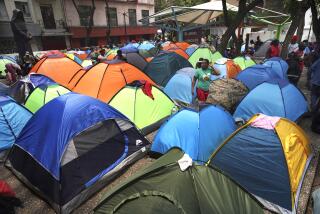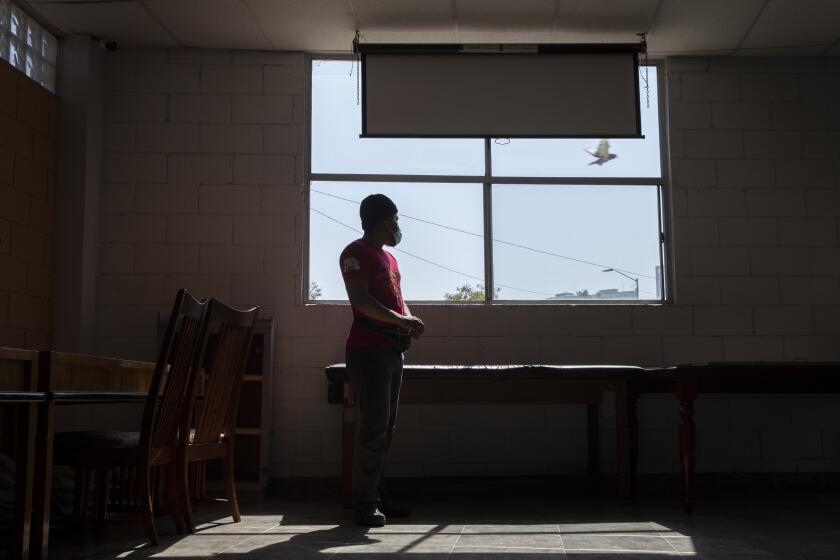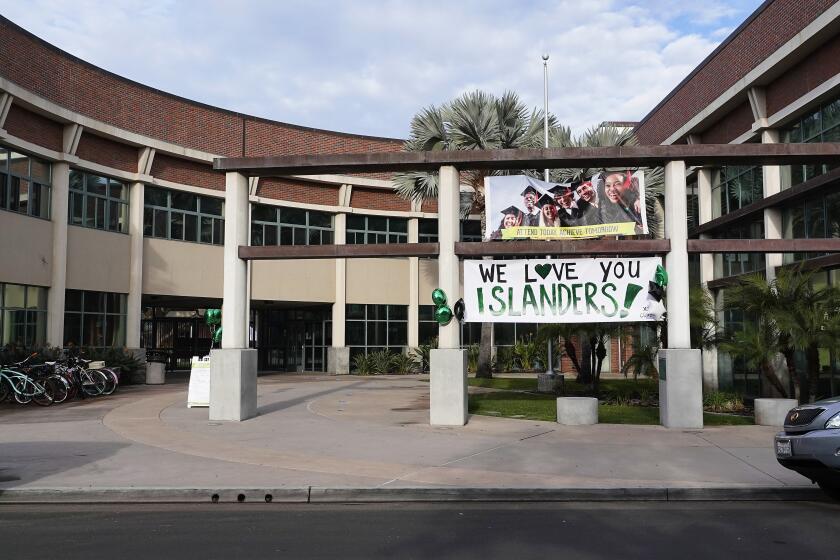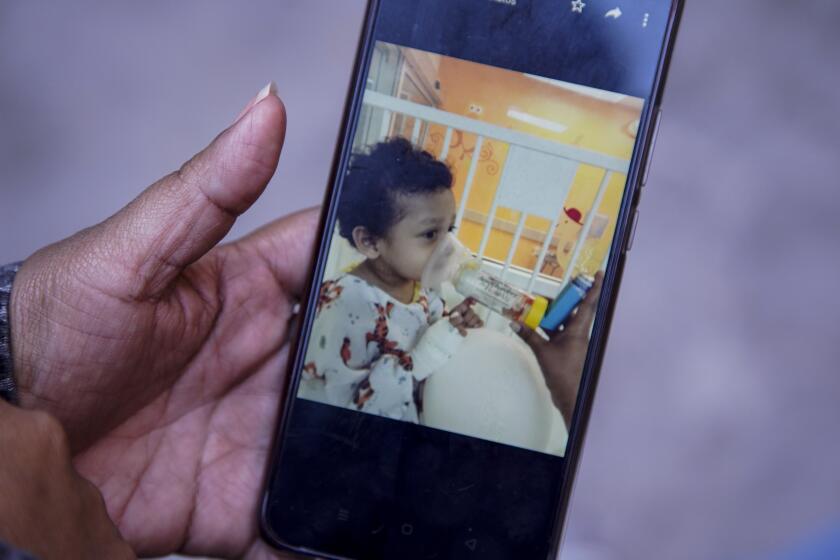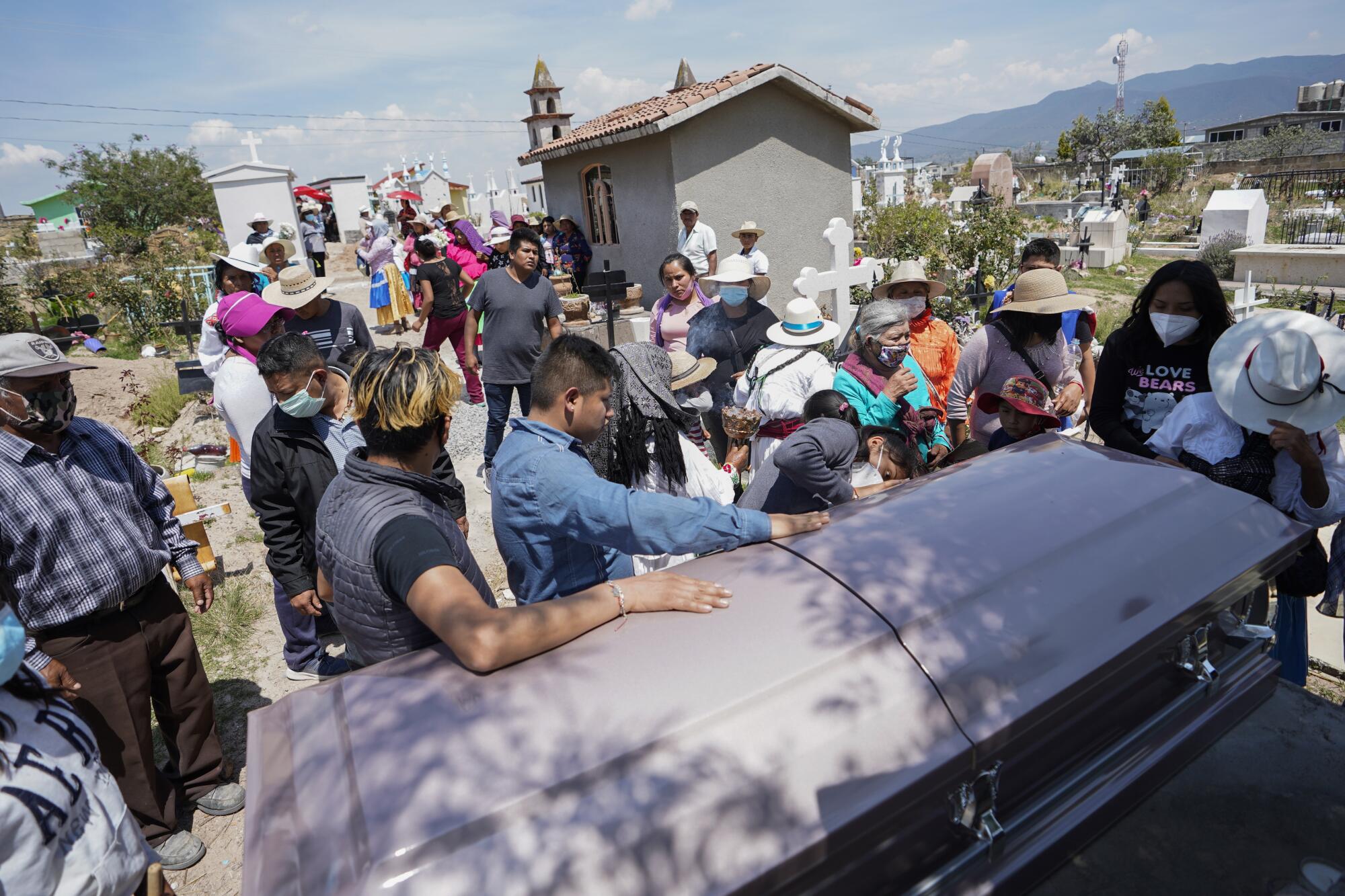
Maria Eugenia Chavez Segovia was among three Mexican nationals who drowned at sea when an overloaded trawler-style boat ran aground.
EL RINCON DE SAN ILDEFONSO, Querétaro, Mexico — On a Saturday in early May, Maria Eugenia Chavez Segovia phoned her youngest son to tell him she was coming home to Mexico City, and then to the remote village in south Querétaro where she was raised.
Chavez Segovia had spent the previous three months in northern Baja California, hoping to slip across the border undetected to join some of her siblings in the San Joaquin Valley for seasonal agricultural work.
Caught twice trying to cross illegally into the United States and tired of Tijuana, the 41-year-old single mother was ready to give up on going north.
That Monday, her youngest son, José Jael Antonio Chavez, waited for her arrival in Mexico City. But she never came.
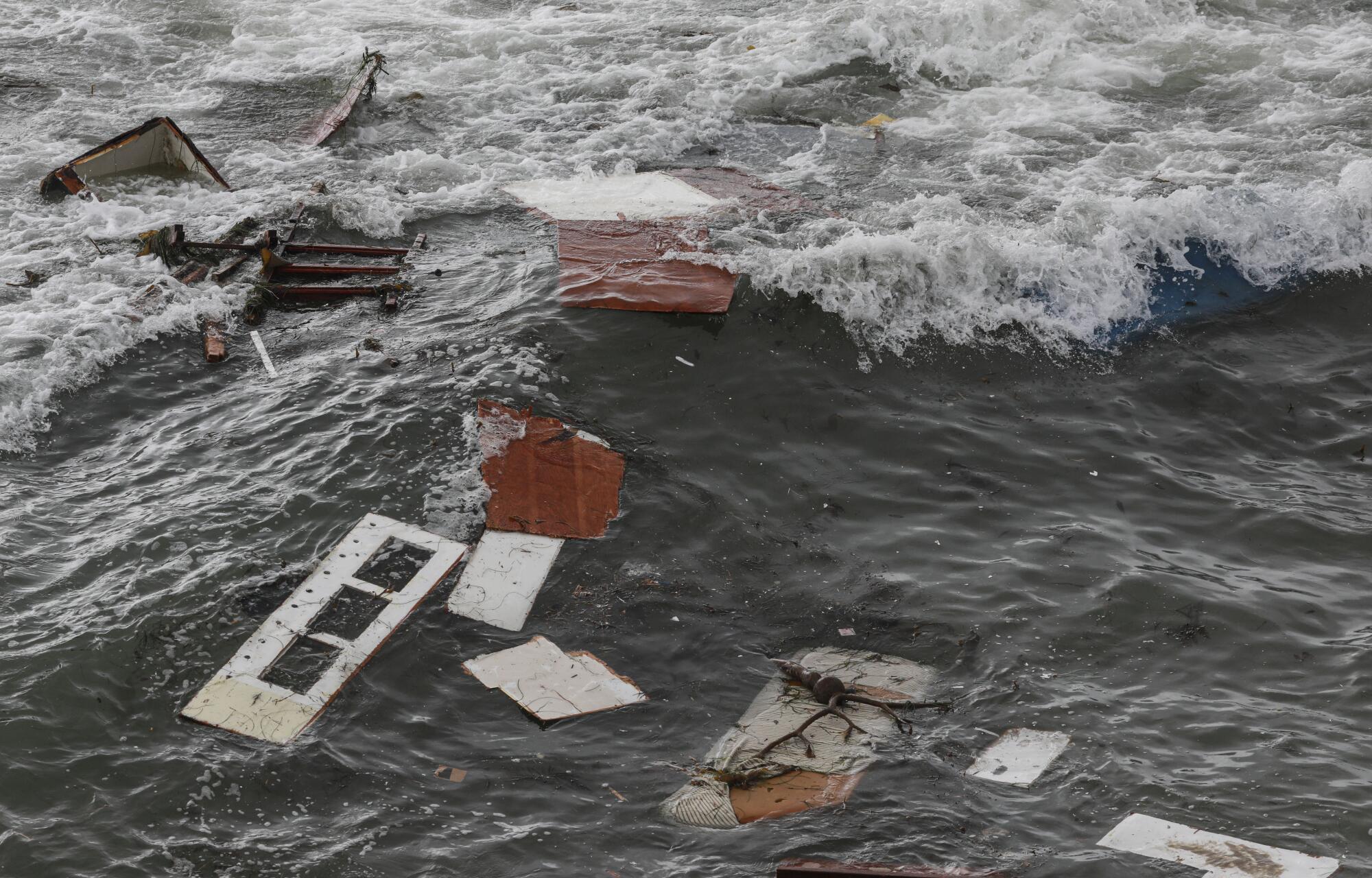
Chavez Segovia had decided to make one last try.
When she didn’t show up, and family members in California started seeing reports of a horrible boat crash, they wondered if Chavez Segovia had been aboard.
Soon, the worst was confirmed: Chavez Segovia was among three Mexican nationals who drowned at sea when an overloaded trawler-style boat ran aground on May 2 off Point Loma, just a day after she told her son she was coming home.
The tragic end to the journey of Maria Eugenia Chavez Segovia highlights the vulnerability of migrants desperate to get to the United States. It left her loved ones begging for answers; her dreams were shattered just yards away from safety and a better life for her whole family.
“If she told me on Saturday that she was going to come home on Monday, why was there this overnight change in her decision?” asked José, crying, as he waited for his mother’s remains to be delivered to their family home in central Mexico.
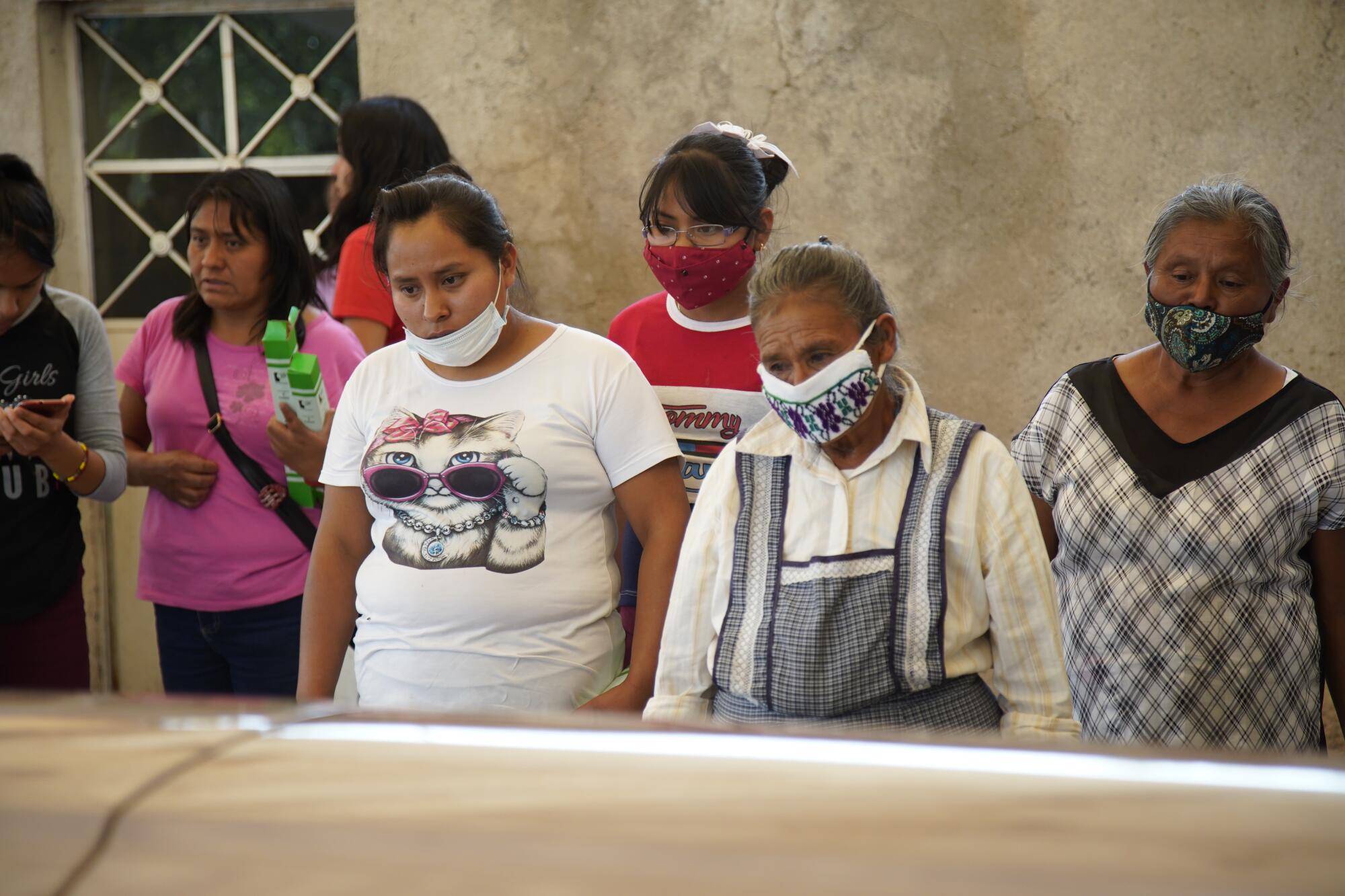

Chavez Segovia’s remains and the few items she boarded the boat with — her identification, prayer cards, her rosary, a white cellphone charger but no cellphone, and a few Mexican pesos — were delivered on Wednesday to her mother’s home where she grew up. The isolated pueblo of El Rincón de San Ildefonso, in the Mexican state of Querétaro, is a rural village with fewer than 2,000 residents, about a two-hour drive from Mexico City.
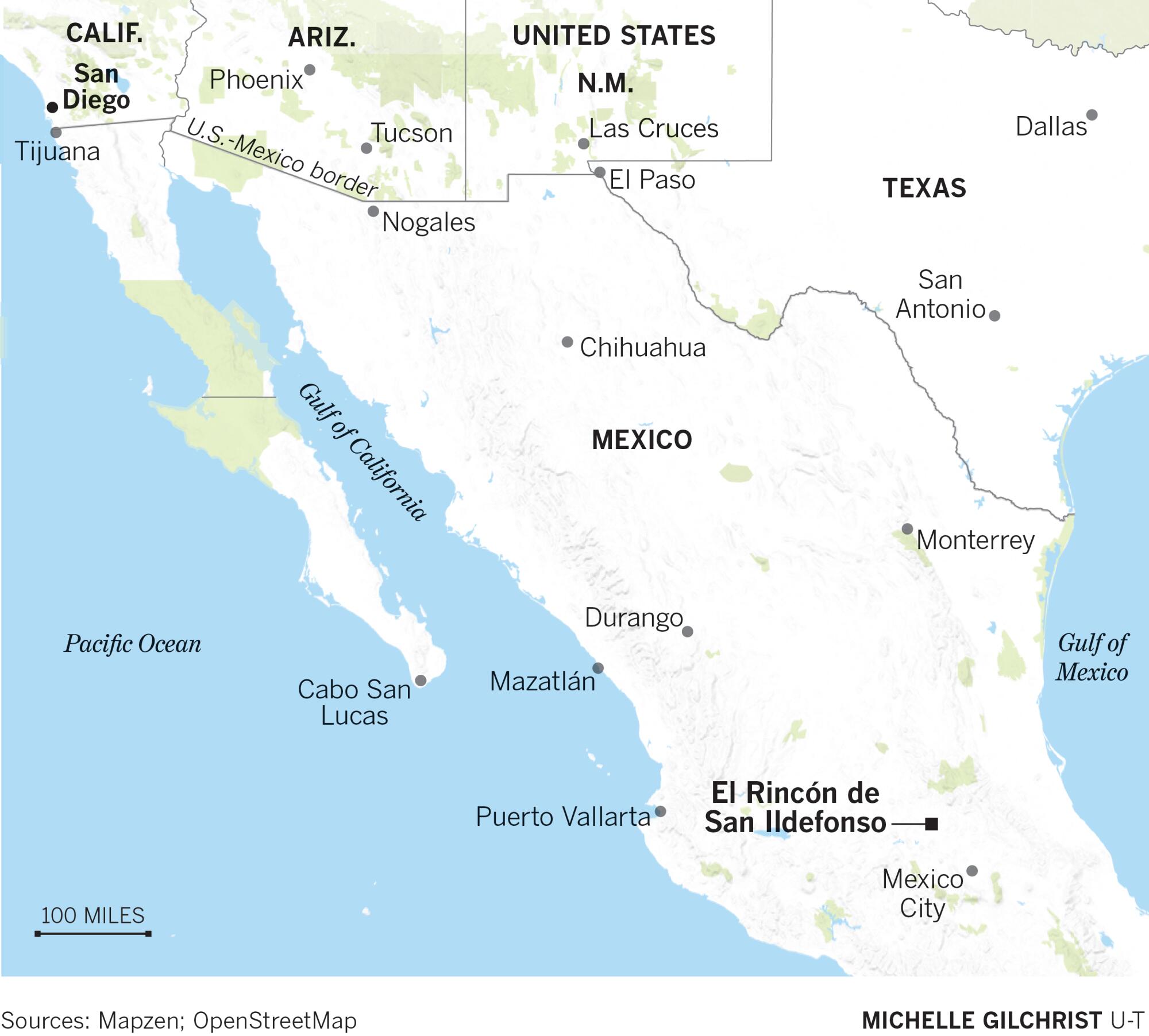
Chavez Segovia was with 32 other immigrants aboard the overloaded boat, authorities said. The passengers, all of them from Mexico except for a Guatemalan, had agreed to pay $15,000 to $18,000 for the trip, according to court documents. Survivors are being held in federal custody as material witnesses, possibly to testify against the alleged boat captain, Antonio Hurtado, a 39-year-old U.S. citizen who was charged in federal court in San Diego.
Her family spent weeks hoping there had been a mistake in identifying Chavez Segovia.
“She was always afraid of the water,” José pointed out. “I don’t know how it occurred to her or who got her involved in trying to cross that way because she didn’t know how to swim. … Maybe it was just a very desperate decision.”
“It was the first time she had seen the ocean,” said her daughter-in-law, Maricela Garcia Patricio, at a family gathering on Wednesday, a day before her funeral.
Desperate crossings
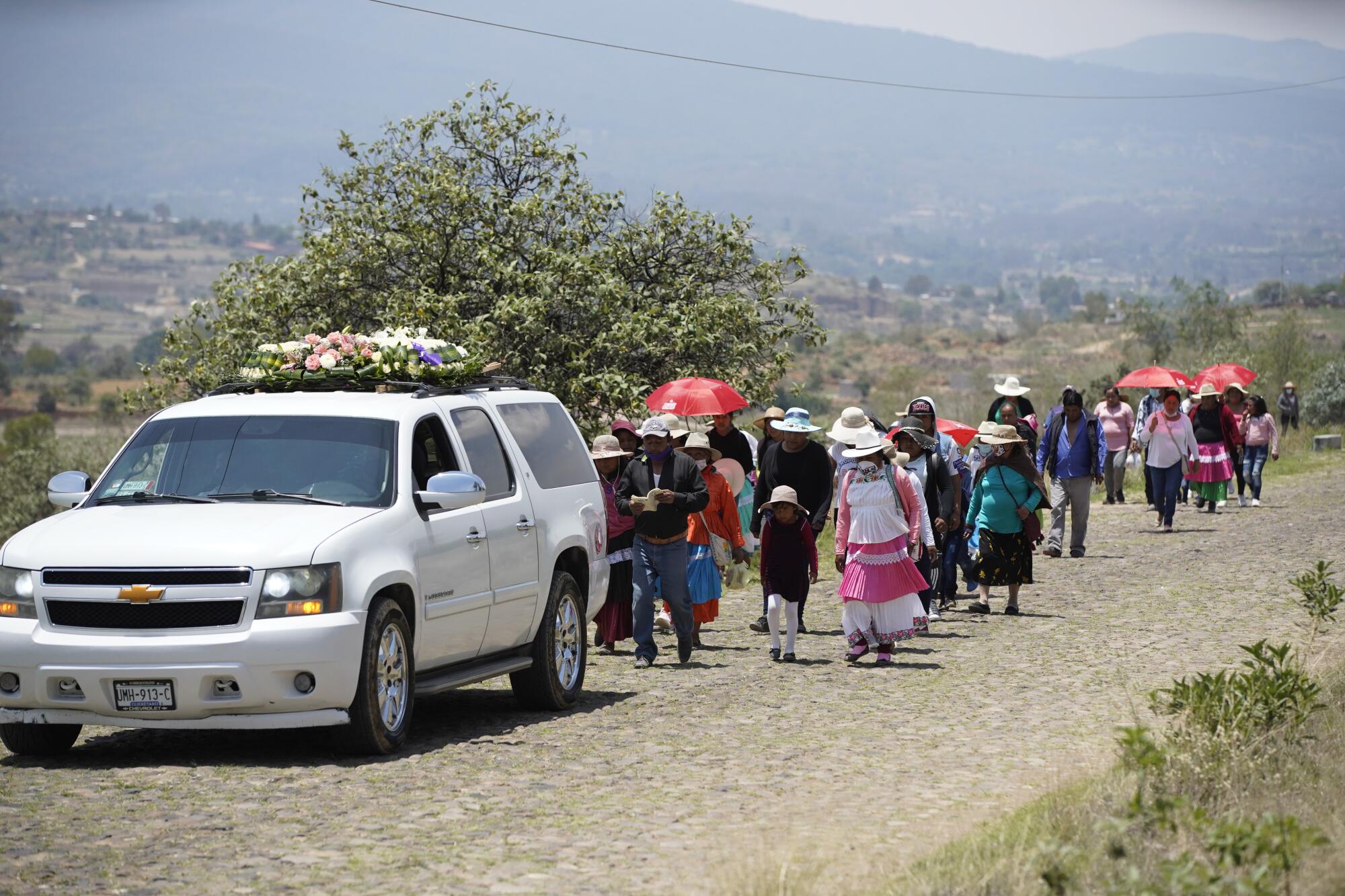
In the months before her death, Chavez Segovia had tried to cross the border at least two other times by land and had been expelled under Title 42, a Trump-era policy that allows the government to deny non-citizens entry into the country in response to the threat of COVID-19.
Migrant advocates have warned the strict border policy is pushing desperate people to take larger risks to try to cross into the United States, increasing the chances they’ll be injured or killed.
“There are more people choosing to cross through dangerous routes, including the maritime crossing, because they don’t have the ability to present themselves at the ports because the ports are closed as a result of the Title 42 orders,” explained Pedro Rios, the director of the American Friends Service Committee’s U.S.-Mexico Border Program.
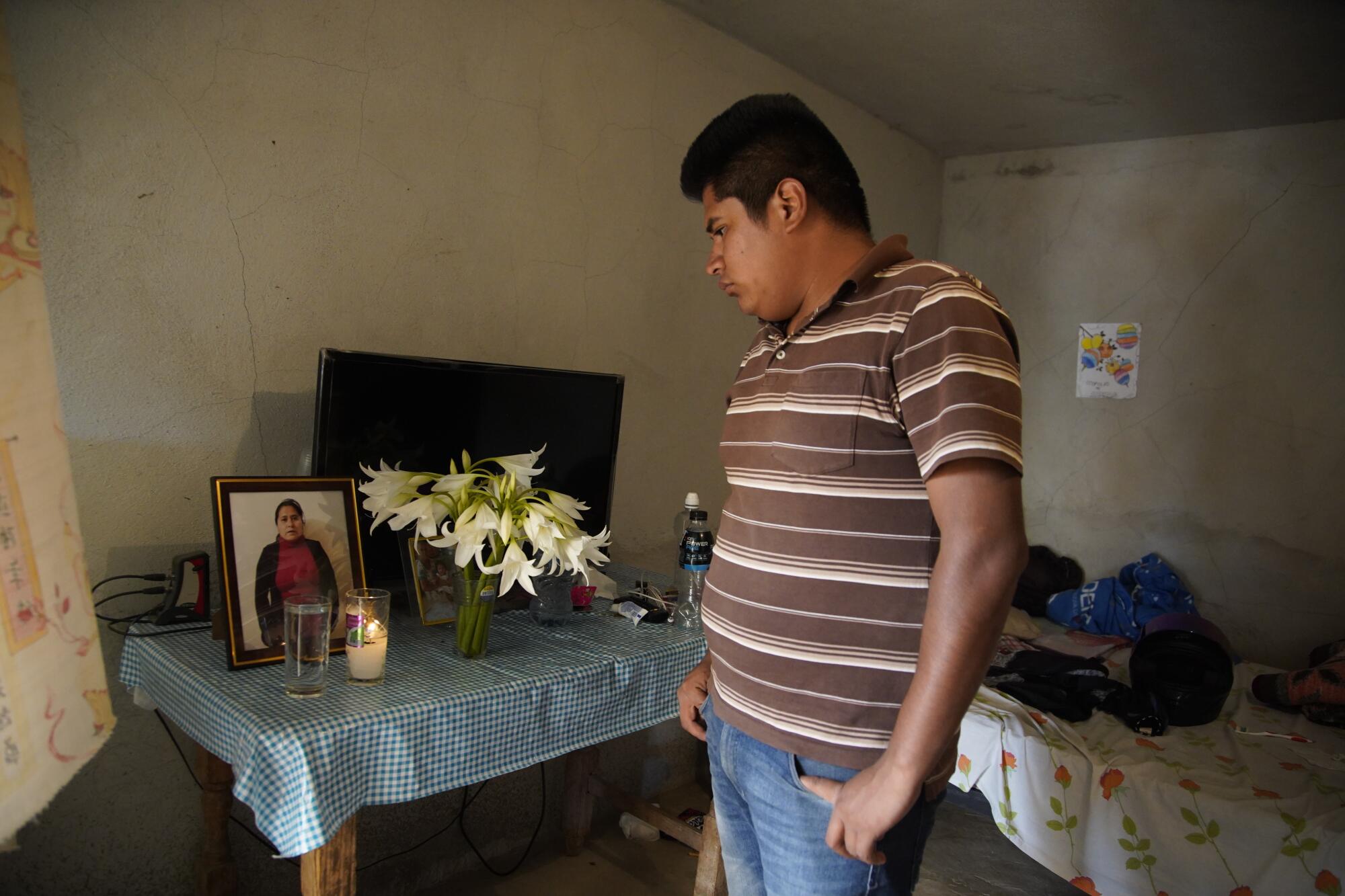
Chavez Segovia was trying to cross not just for work, but also because she was afraid and was trying to claim asylum, said her sister, Gabriela, who is undocumented and living in Northern California. She said Chavez Segovia tried to claim asylum on both previous crossing attempts.
Gabriela said she too was fearful of sharing details of her sister’s situation, especially because her sons remain in Mexico. But Gabriela said she wishes Chavez Segovia had gotten a chance to plead her case, and that U.S. border authorities had listened.
“Ella les dijo que viene de peligro; que corría peligro y ellos no le hicieron caso,” Gabriela said. “She told them she was coming from danger, that she was running from danger and they didn’t listen to her.
“What are you going to do? Wait until someone sits down and writes you a letter that says ‘I am threatening you’? No, of course not, you’re going to go at the first opportunity,” said Gabriela, frustrated at the high bar of legal proof needed for one to make an asylum claim.
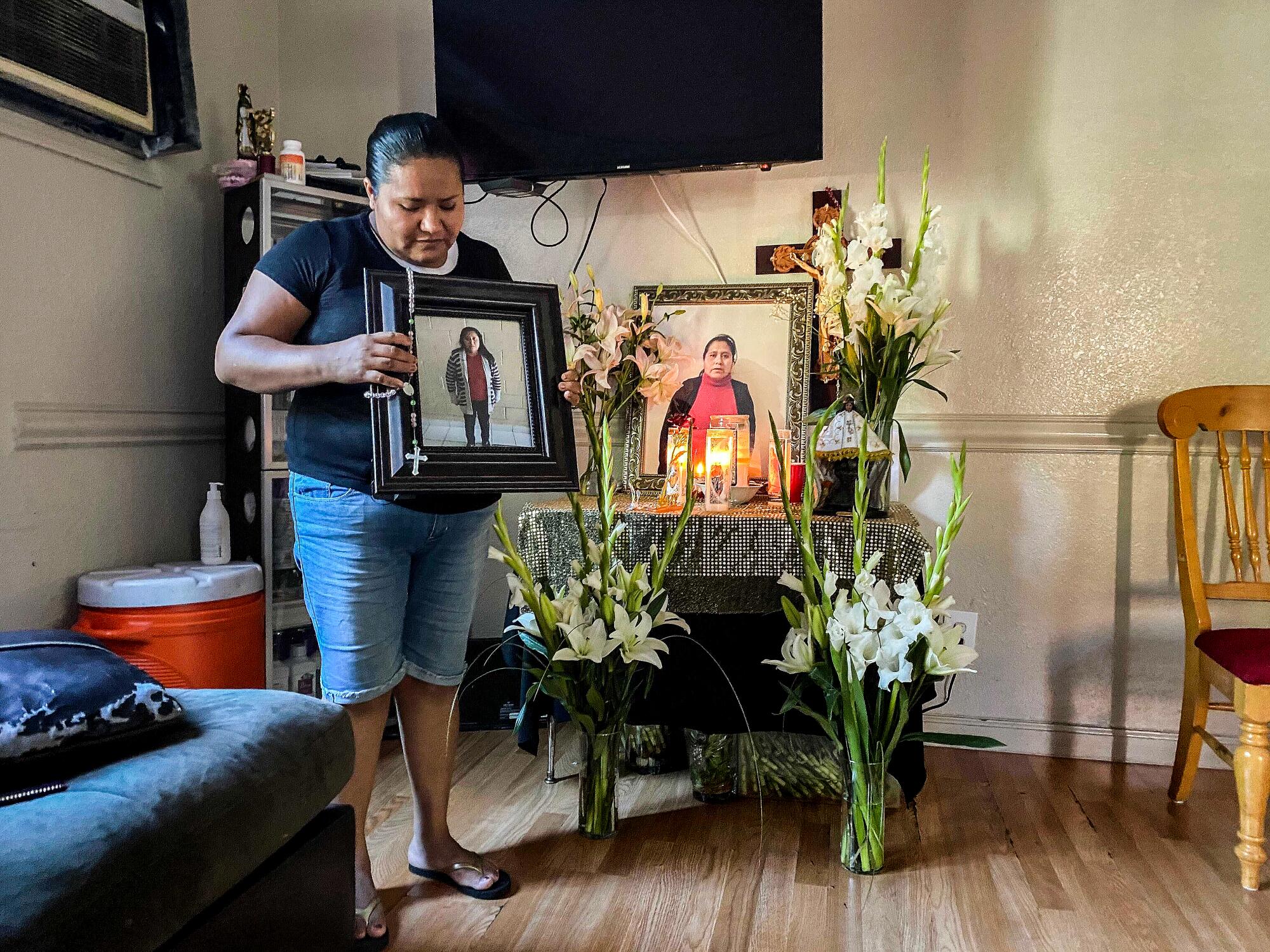
A Department of Homeland Security official confirmed that Chavez Segovia’s record showed she had been expelled under Title 42 at least two times in recent months. But the reasons she gave officials for trying to enter the United States were not immediately available.
Gabriela and her family were devastated that they were unable to travel to Mexico for her sister’s funeral because of their undocumented immigration status.
“She was like another mother to me,” said Gabriela, crying in her home, where she made an altar to her sister. “And she was the mother and the father for her children.”
Gabriela said Chavez Segovia called her just before she made her third and final attempt to cross the border.
“She told me, ‘I’m going now; behave yourself,’” Gabriela said. “I never imagined that would be the last day that I heard her voice. I want to go see her, but I can’t. It’s going to cost me a lot to overcome that pain.”
‘She had big dreams’
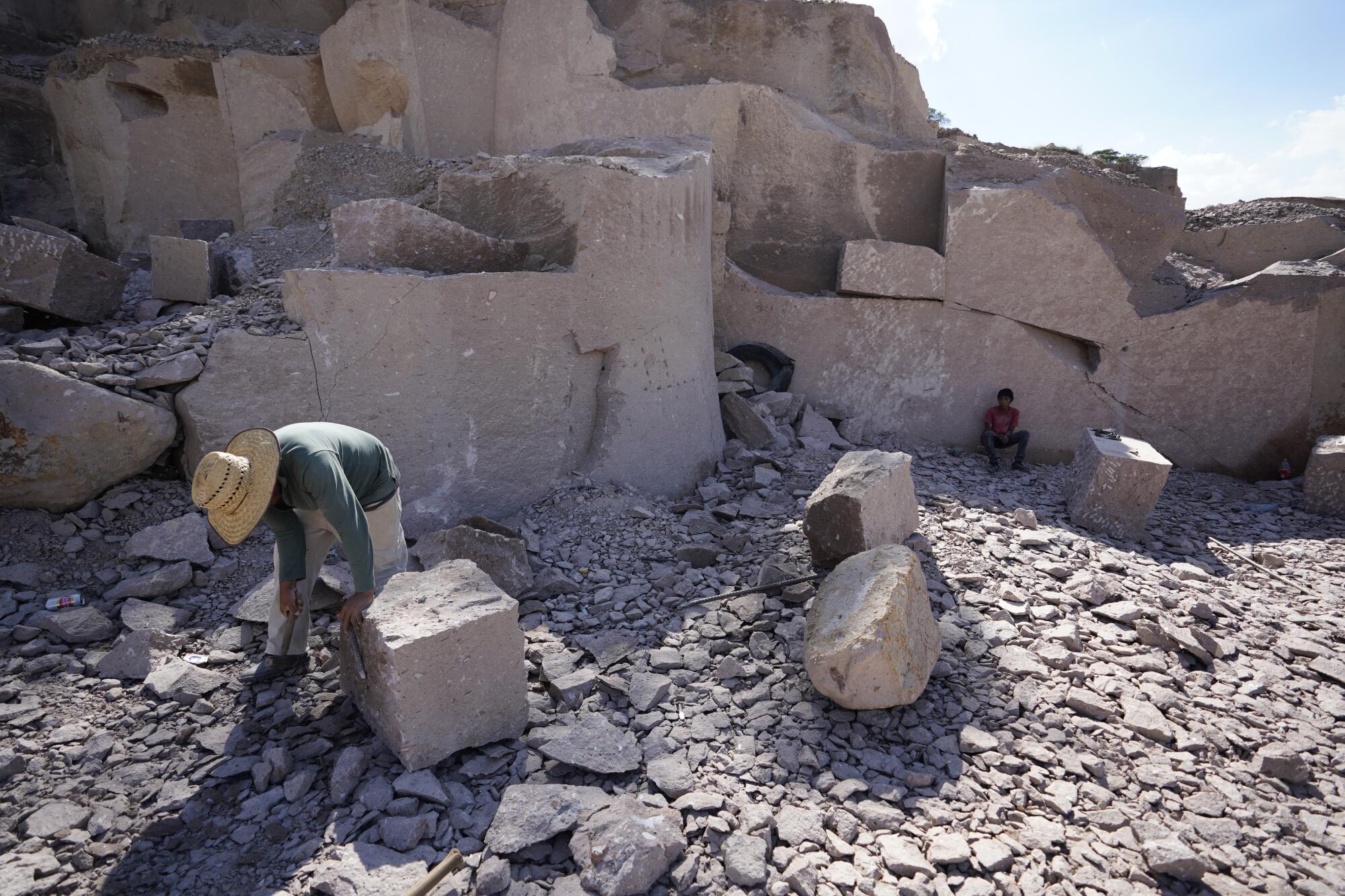

One of 13 brothers and sisters, Chavez Segovia was born and raised in the rocky El Rincón de San Ildefonso, a collection of tiny towns throughout the Amealco de Bonfil municipality of central Mexico. El Rincón is on the edge of a deep canyon, above a valley dotted with tiny corn fields.
Her family home, which has an outdoor kitchen and bathroom built from concrete and stone, is on about a quarter-acre. Her mother raises goats and chickens.
At least half of the population in El Rincón de San Ildefonso are of indigenous origin. Chavez Segovia’s mother speaks Otomi. Neighbors say the only jobs in the area are construction and chiseling giant stone bricks out of nearby rock quarries — work that pays about 150 pesos a day, or $7.50. For women, options include embroidering Otomi designs on cloth napkins and making the iconic “Lele” dolls that are part of Querétaro’s cultural heritage.
Faced with those meager opportunities, Chavez Segovia left the town when she was 12 and headed to Mexico City as a domestic worker. Her sister, Gloria Chavez, went along. She described the work as grueling. In Chavez Segovia’s first job, the doña of the wealthy household sometimes required the girls to clean until 3 a.m., and then get up at 5 a.m. to get her children ready for school.
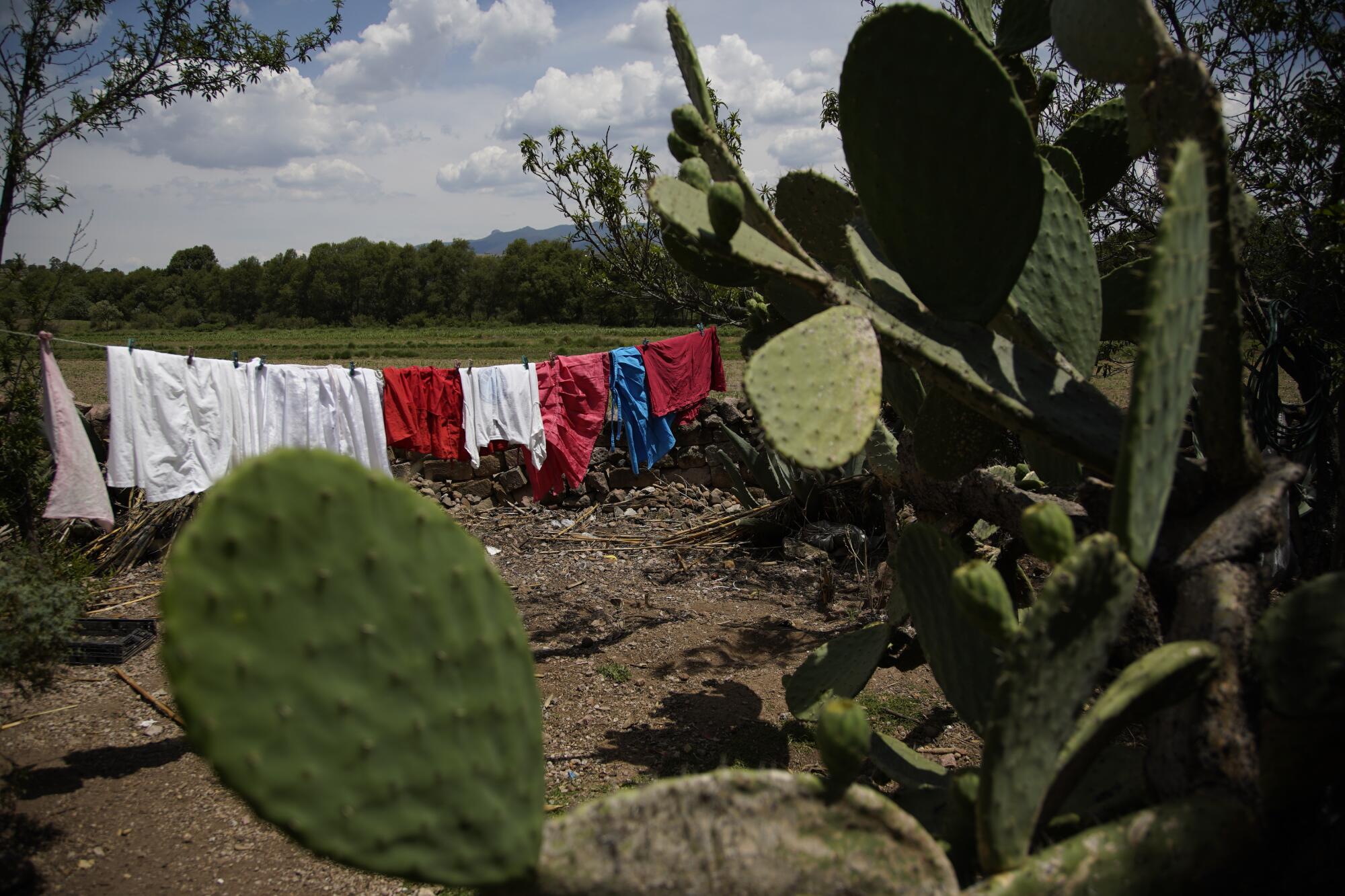
“She treated us badly, but that was normal,” Chavez said. “We were offered a day job that had more reasonable hours, so we could come home and see our parents every weekend rather than twice a month, but we were afraid of the owner of that house because he had a bad reputation. We were afraid of what he might do to us.”
Maria Eugenia Chavez Segovia raised her two sons, Joel and José, as a single mother in Mexico City. She wanted to offer her sons — who work as food vendors in the capital — and her 1-year-old granddaughter a better life. She wanted to build them a house, closer to her mother.
“That was her vision, to have something better,” José said. “The truth is we don’t have anything here.”
“She wanted us to have something better,” Joel said, his voice cracking.
Then came the pandemic. Chavez Segovia lost her job. She offered to take care of her granddaughter so her daughter-in-law could work. But that did not last long. Her daughter-in-law found a job, only to lose it.
“She was the best grandmother to her granddaughter. She wanted to help my mom. She had big dreams,” said Gabriela, the sister in the San Joaquin Valley.
Working the farms
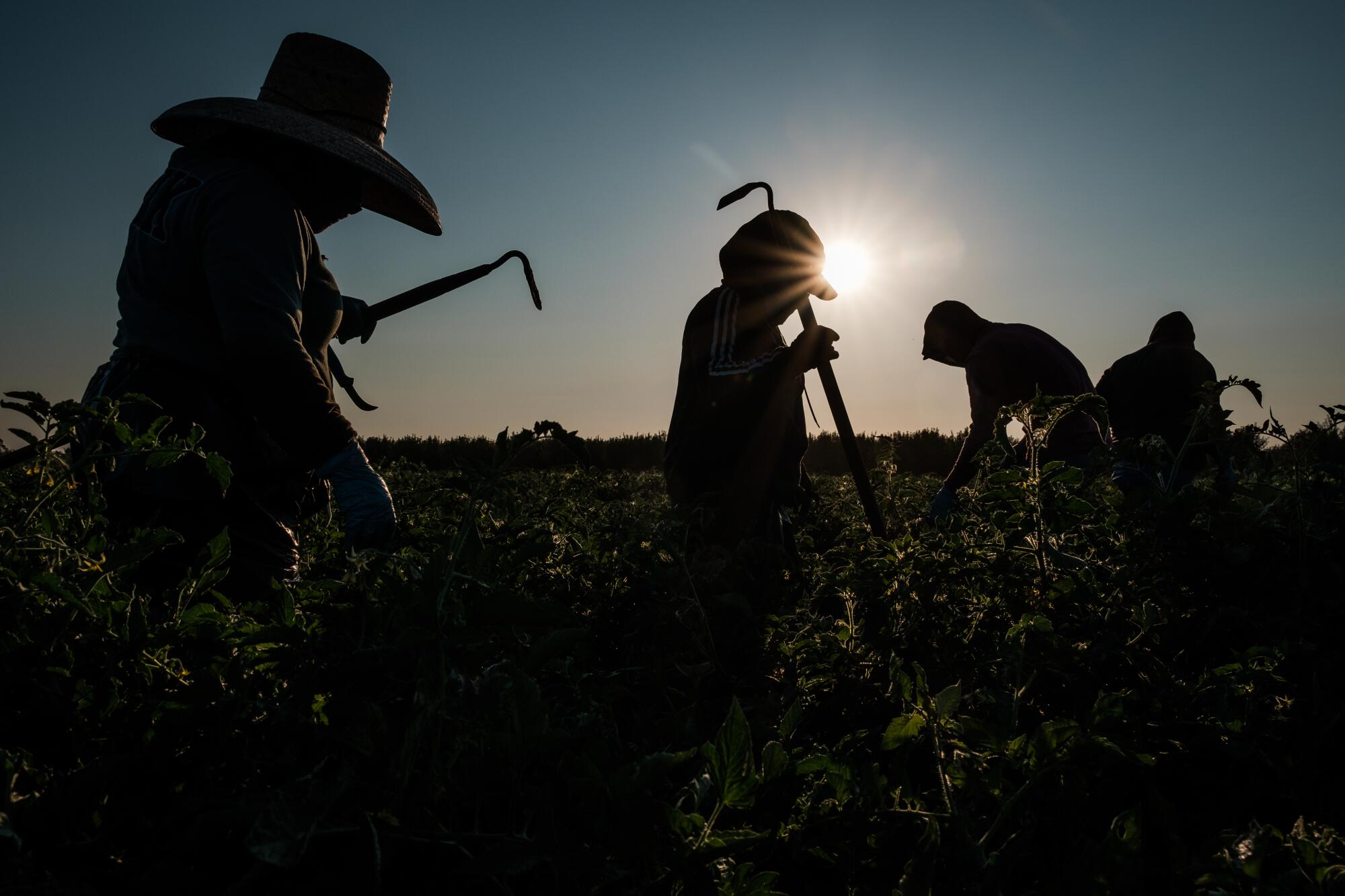
In dusty farming towns across California’s San Joaquin Valley, hundreds of thousands of agricultural workers live in poverty or close to it. That describes several of Chavez Segovia’s cousins and sisters and brothers. The area is one of the richest agricultural regions in the world, while simultaneously having one of the highest poverty rates in the United States.
Most of the farmworkers in the area are immigrants from Mexico, and the majority lack legal residency. That limits their access to social services, health insurance and unemployment benefits.
They’re supposed to earn minimum wage, but often middlemen hire farmworkers, contracting out the labor force with local farms in an arrangement that can shield agricultural growers from legal responsibilities.
Toxic air, pesticides and fungus in the soil cause rates of asthma and other respiratory diseases to run high, and the heat is intense.
This is where dozens of people from Chavez Segovia’s home region set their sights each year.
“There’s no solution to it because it’s really an international problem between two countries — one of them benefits from exploiting a labor commodity that they deny they’re exploiting,” said Marco Lizarraga, a board member with Border Angels and the executive director of La Cooperativa Campesina de California, a nonprofit that provides services to migrant farmworkers in the San Joaquin Valley.
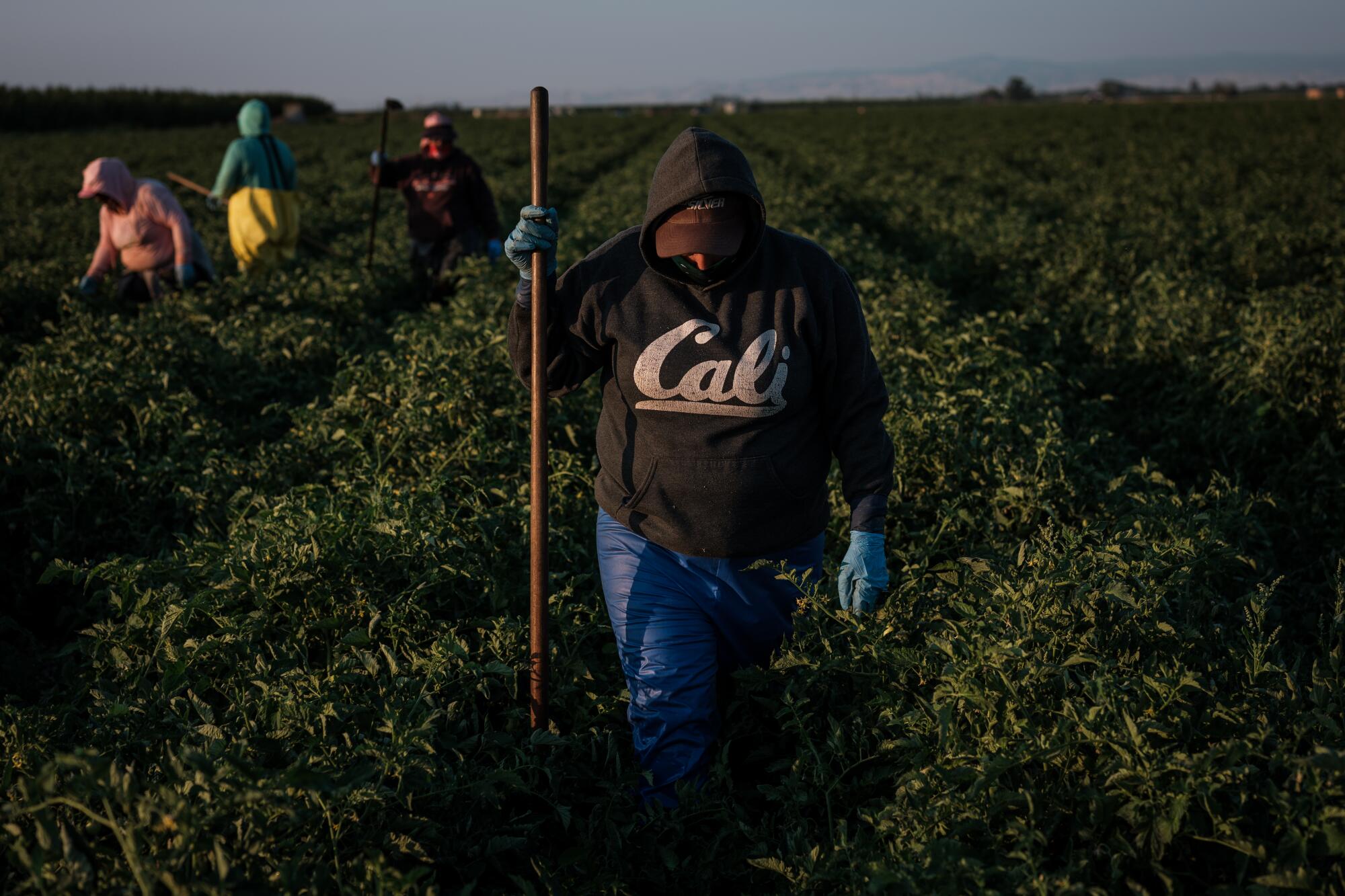
A family member of Chavez Segovia, who asked not to be named because she had previously crossed illegally into the United States, said she had worked in lettuce fields in Northern California, along with Gabriela.
“We had to start well before dawn every day because the heat is unbearable by the middle of the day. It was very, very hard work,” she said.
The young mother had returned home to Querétaro, but considered going back to the San Joaquin Valley some day, despite the dangers. During her first trip north, a band of criminals — not the group of smugglers they had paid to take them across the border — intercepted the group and held her for 15 days.
“I suffered a lot, but it was worth it,” she said. “Here, there is nothing. There’s no work.”
Some from El Rincón go north, never to be heard from again. Several town residents approached a San Diego Union-Tribune reporter, pressing scraps of paper with names on them into her hand or asking her to write down names of lost loved ones to check in the United States if they are alive, in prison or lost forever.
Coming home
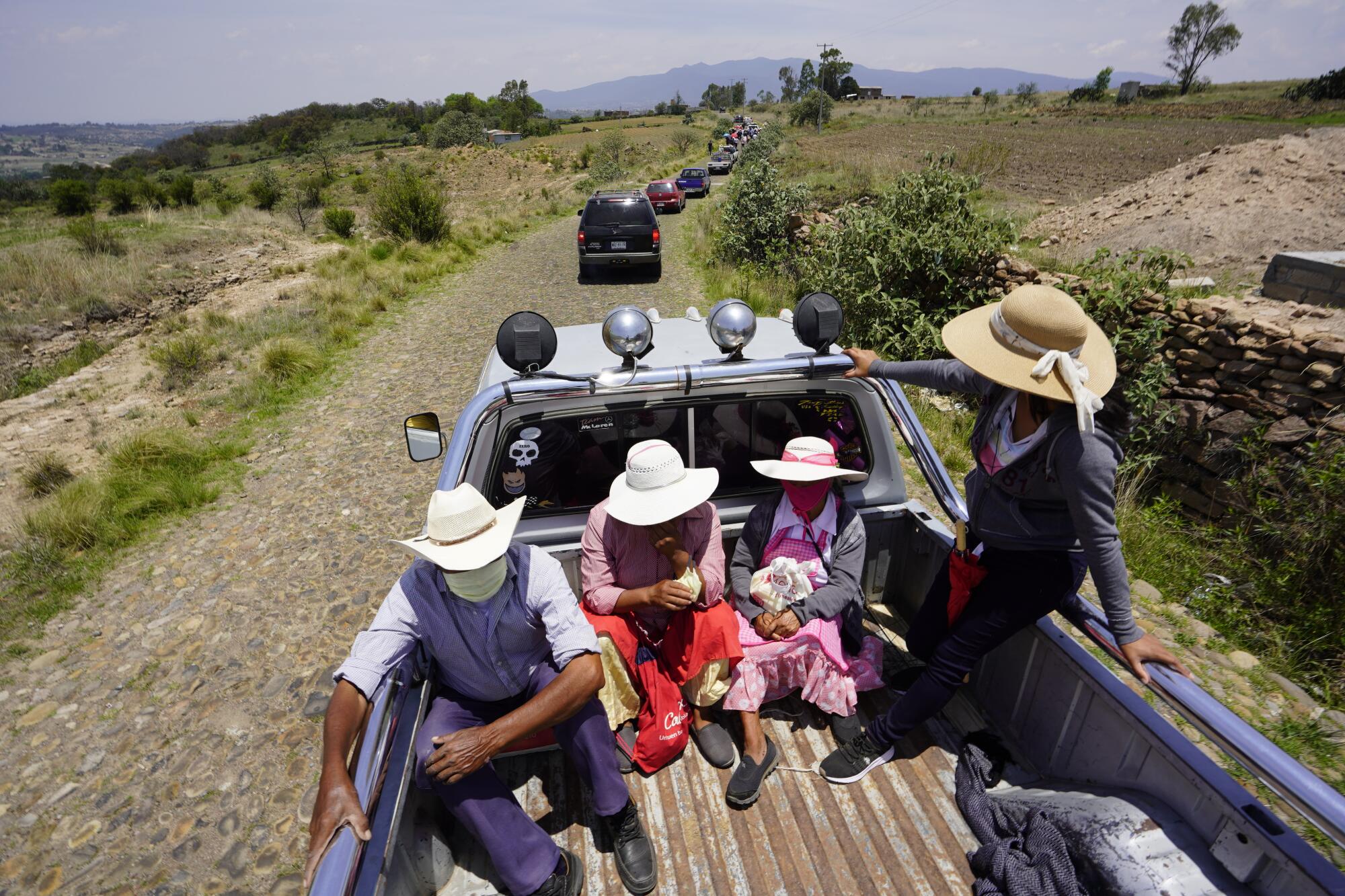
On Wednesday, about 50 immediate and extended family members gathered at the humble concrete house where Chavez Segovia grew up, to await the arrival of her casket. The wait had already stretched three and a half weeks, as family in the U.S., the Mexican Consulate in San Diego and a funeral home in Logan Heights worked to repatriate Chavez Segovia.
At last her casket departed Los Angeles International Airport on a cargo flight late Tuesday night and arrived in Mexico City International Airport early Wednesday morning. A Mexico City-based funeral home driver completed the 100-mile trip to El Rincón de San Ildefonso.
The Mexican Consulate paid for the costs, as it typically does in such cases, according to the consul general of Mexico in San Diego, Carlos González Gutiérrez.
While the family waited, Chavez Segovia’s mother, Maria Luisa Remedios Segovia Perez, a slight woman with dark grey hair, spoke about the loss of the daughter who looked after her the most. She recalled the times Chavez Segovia arrived from Mexico City to check on her.
“Ahora ya no tengo a nadie,” Segovia Perez said, sadly. “Now I have nobody.”
Surrounded by Chavez Segovia’s two sons and other family members, Segovia Perez opened the plastic bag that contained belongings found on Chavez Segovia when she was pulled from the ocean.
Segovia Perez clutched several laminated holy cards with prayers to St. Judas and the Just Judge, a reference to Jesus. The latter prayer asks for protection against harm.
The eyes of Chavez-Segovia’s daughter-in-law, Maricela Garcia Patricio, 23, filled with tears as she recalled that Chavez Segovia often recited the prayers.
“Se encomendaba siempre a Dios,” Garcia Patricio said. “She was always entrusted to God.”
The driver pulled up in a white van and unloaded, with the help of the men in the family, Chavez Segovia’s silver casket — a somber but long-awaited moment that marked the start of closure for her family.
At a viewing in the home, one of the first family members to see Chavez Segovia was her mother.
Standing over the casket, Segovia Perez pulled a mask over her entire face, covered it with her hands and wept.
Chavez Segovia’s sons waited until the last moment to walk up to the casket. After minutes of holding back, tears flowed.
“Siempre los va a proteger,” a relative said as he tried to comfort the young men. “She’ll always protect you.”
On Thursday afternoon, the family — joined by townspeople, including women in colorful traditional Otomi skirts and blouses — walked and drove in procession along dirt roads following a white Chevrolet Suburban that carried Chavez Segovia’s casket. They made their way to a tiny brick chapel on a hilltop for a traditional Catholic Mass.
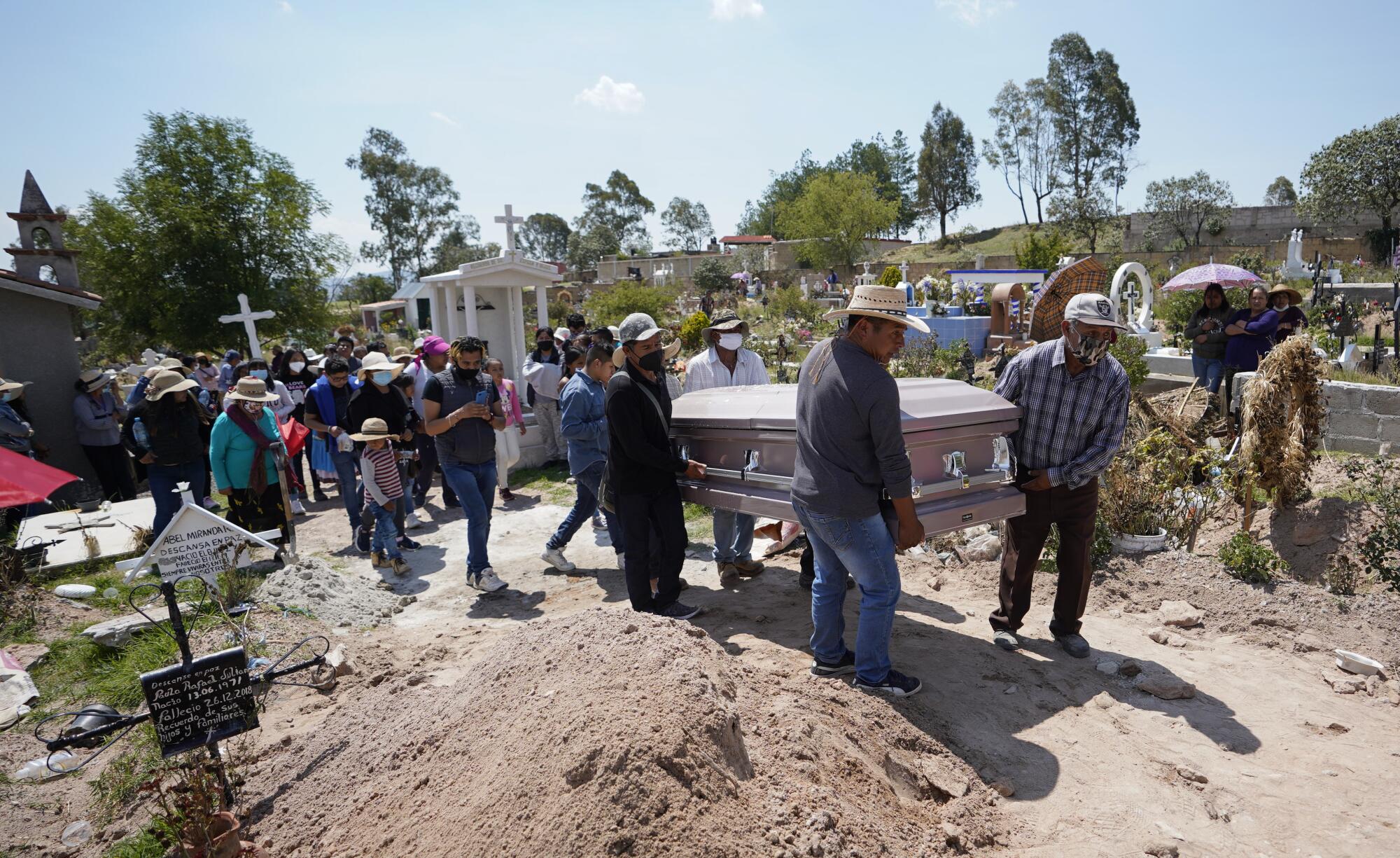
After, they trekked four miles up a hill to a small cemetery overlooking the village. There, they laid gladiolus, roses, daisies and other flowers on Chavez Segovia’s casket. Standing on the edge of the grave, a man sung “Adiós, Reina del Cielo” — “Goodbye, Queen of Heaven,” a Catholic song of praise.
“Adiós, adiós, adiós,” he sang, as some began crying.
One family member expressed a sense of relief that Chavez Segovia didn’t die in the desert along the U.S.-Mexico border like others who are never identified or returned to their homeland.
“Al menos va a saber [su madre] donde va a quedar,” said the family member, who asked not to have her name published because she previously lived in the U.S. without proper authorization. “At least [her mother] will know where she will be [buried].”

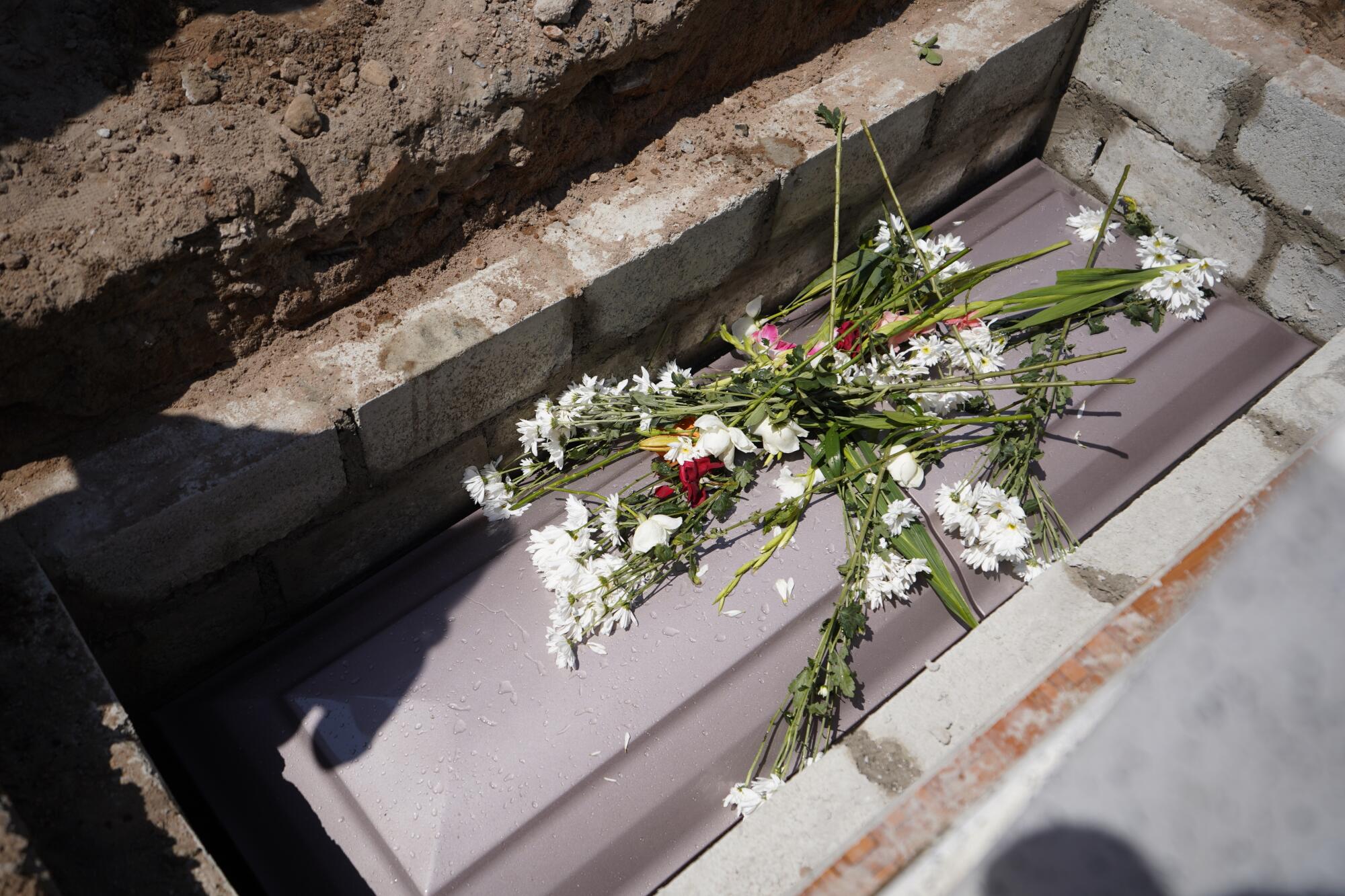
Even as Chavez Segovia’s family mourned, her 24-year-old niece faced her own decision.
Her ambition — similar to Chavez Segovia’s — is to offer her 8-year-old daughter and her mother a better future. A worker at Central de Abasto, Mexico City’s main wholesale market, she earns 200 pesos, or $10 a day, and struggles to make ends meet.
“There are people who leave and do something. I would like to do something for my mother and my daughter,” she said.
Chavez Segovia’s tragic fate had made the single mother reconsider her plans to journey to the border with a friend and his girlfriend. But as she stood in the cemetery, she said she was decided.
“Voy a probar mi suerte,” she said as mourners arranged a wreath on Chavez Segovia’s grave. “I’m going to try my luck.”
Staff writer Kate Morrissey contributed to this report.
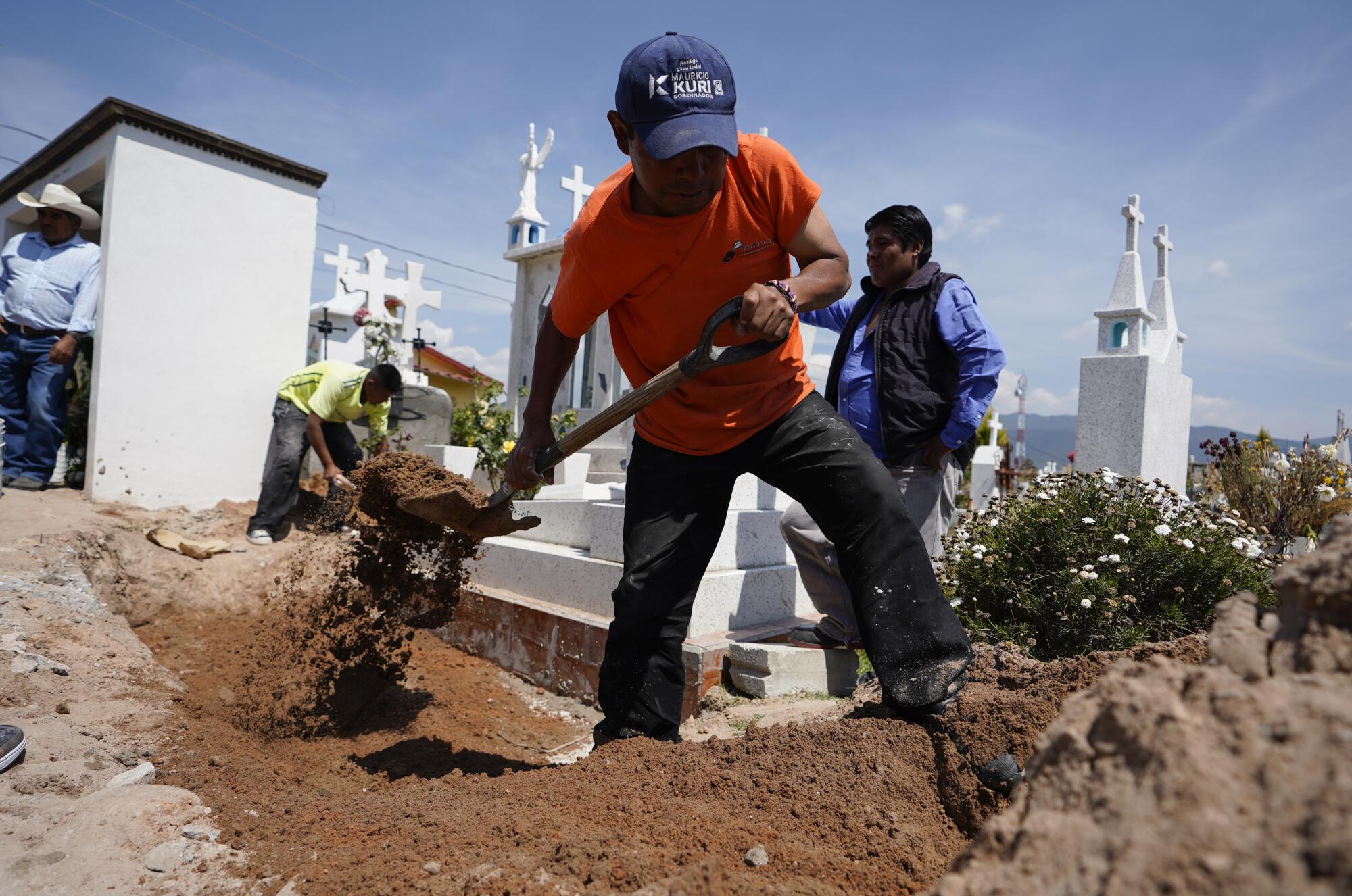
More to Read
Sign up for Essential California
The most important California stories and recommendations in your inbox every morning.
You may occasionally receive promotional content from the Los Angeles Times.


